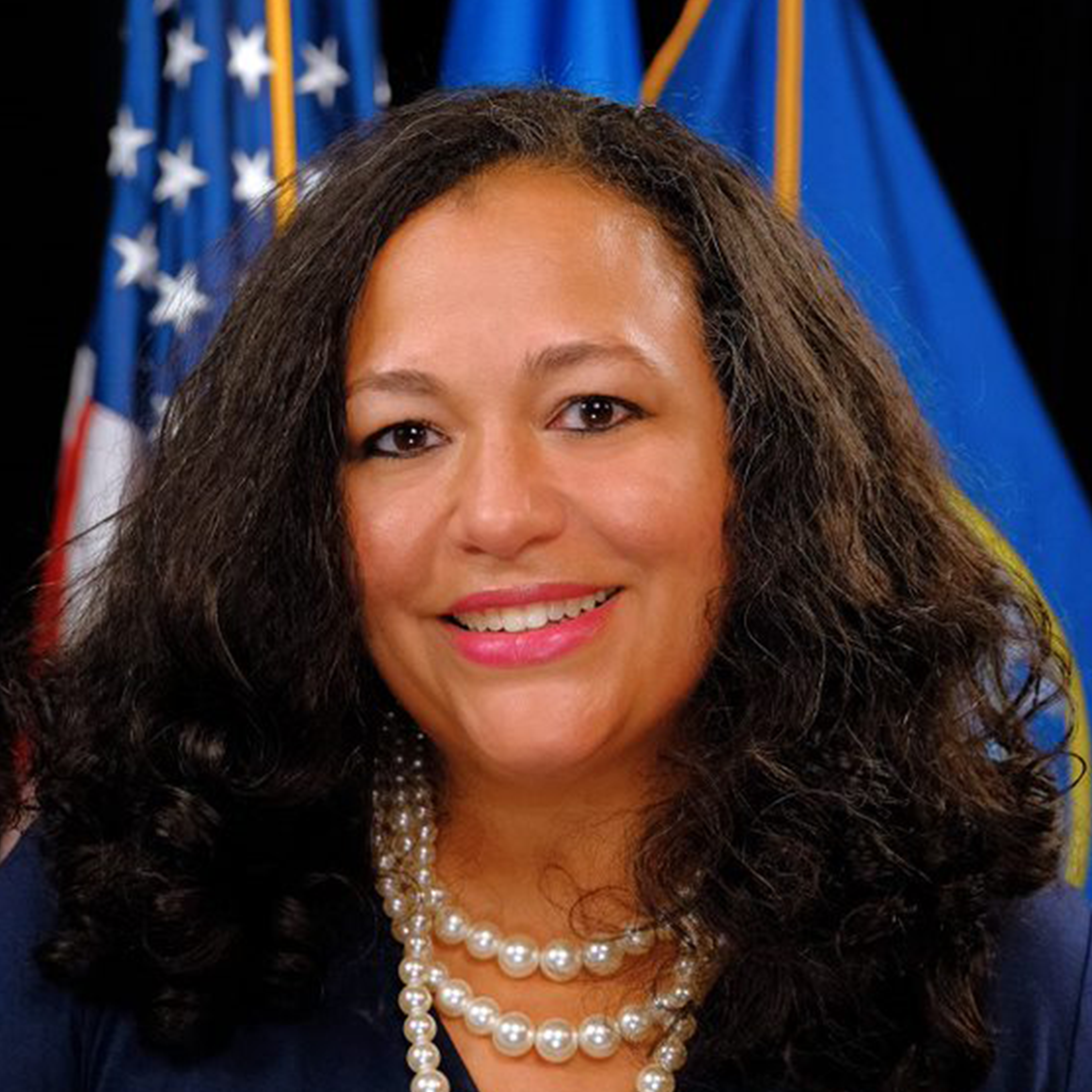
Nicole Wood, deputy director of the DHS Center for Faith-Based and Neighborhood Partnerships, shares more about our role in ending human trafficking.
When I first witnessed human trafficking, there wasn’t a name for it.
At the time, I was working in Brazil as a missionary and living in its favelas (slums). The conditions that community endured would be foreign to most Americans. There, I met people who started their day walking across dirt floors and could only count on rainwater to quench their thirst. To survive, they worked and ate in a trash dump.
What would you do if you had no way to put food on the table? When our basic needs are not being met and we have no one to turn to for help, we are more vulnerable to the coercion of others.
Driven to make decisions by empty stomachs and fear, many people I met in the slums were forced into drug or sex trafficking with little to no way of freeing themselves. I worked to change their plight with various international organizations providing services to help those being exploited.
Witnessing these conditions opened my mind. I began to understand that human trafficking is often an underlying problem, it is symptomatic of unmet needs and other fundamental causes that are impacting communities. Essentially, these people became human trafficking victims because they were doing anything they could to survive.
Over the next decade, I worked for various organizations in the U.S. to help these survivors escape their plight and address the unmet needs that caused it.
Things began to change when the Victims of Trafficking and Violence Protection Act of 2000 was passed in the U.S. Prior to the bill, each state or jurisdiction was reporting this crime differently – or not reporting it at all. We were suddenly able to see the full extent of human trafficking and understand all the underlying issues causing it.
The data collected over time also began to reveal some trends, including showing that persons of color are more likely to be victims of human trafficking. The 2018 National Human Trafficking Hotline report indicated the top-three reported races and ethnicities for victims were Latino, Asian and Black.
One thing, however, had not changed. Before human trafficking even had a name, faith and community groups were on the forefront of preventing it and helping victims recover. In my work, I saw how these organizations focused on caring for the whole person, looking at all needs from physical to psychological to spiritual.
These efforts highlight the importance of community in combating human trafficking. It is the basis for many of the ideals of the DHS Center for Faith-Based and Community Partnerships and the work we do with the DHS Blue Campaign. Together, we have worked to develop free resources and materials for different audiences, such as youth or emergency responders. These tools give communities across the country and around the world the ability to continue the work they do preventing human trafficking.
So, how can you help to stop human trafficking on an individual level?
Every person has the power to help combat and prevent this atrocity. You can start with taking or providing online training that will help you recognize the indicators of trafficking. You can also download or order the Blue Campaign indicator card to keep in your wallet or purse as a reminder of how to report the crime to authorities and react to common signs that might indicate someone you know is in trouble, such as:
- If the person appears disconnected from family, friends, community organizations or houses of worship.
- If the person has stopped attending school.
- If the person had a sudden or dramatic change in behavior.
In my 23 years of work in this field, I have seen what desperation can drive a person to do, but preventing human trafficking is not a one-person job. It takes all of us, looking out for the needs and rights of everyone in our communities. Our awareness can change the lives of vulnerable people so no one has to suffer while pursuing of the most basic of human needs.
You can visit the DHS Blue Campaign website for more information on human trafficking and resources available for your community.
This article ran in Christianity Today on Jan. 24, 2023.

